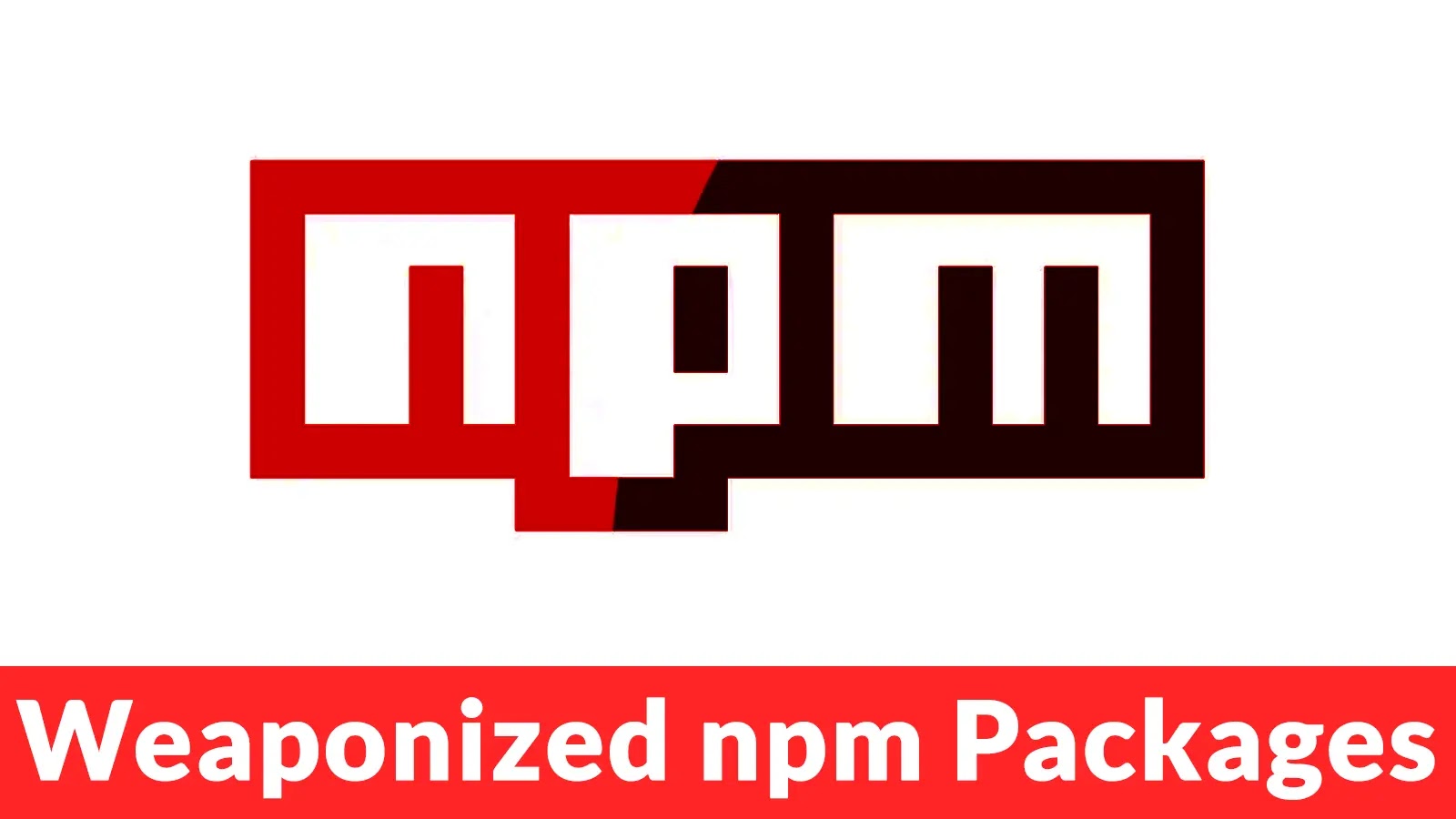
15+ Weaponized npm Packages Attacking Windows Systems to Deliver Vidar Malware
A disturbing new front has opened in the ongoing battle for software supply chain security. Threat actors are actively weaponizing widely trusted open-source packages, turning them into conduits for potent malware. Recently, a sophisticated campaign emerged, specifically targeting Windows systems by injecting the dangerous Vidar infostealer into seemingly innocuous npm packages. This incident underscores the urgent need for heightened vigilance among developers and IT professionals alike.
The Anatomy of the Attack: Compromised npm Packages and Vidar Infostealer
Between October 21 and October 26, 2025, a critical security event unfolded within the npm ecosystem. Malicious actors successfully published 17 weaponized npm packages, distributing them across 23 releases. These packages, designed to mimic legitimate development tools, were engineered to deliver the Vidar infostealer malware to unsuspecting Windows users. This campaign represents a brazen exploitation of the implicit trust developers place in package registries, transforming a cornerstone of modern software development into a significant attack vector.
The Vidar infostealer is a formidable threat, capable of exfiltrating sensitive data including:
- Saved passwords
- Credit card details
- Cryptocurrency wallet information
- Browser history and cookies
- Two-factor authentication (2FA) codes
- Various files from the infected system
Its ability to steal a wide array of personal and financial data makes any infection a severe cybersecurity incident, potentially leading to identity theft, financial fraud, and compromise of other online accounts.
Targeting Trust: Weaponizing Open-Source Software Distribution
The core of this attack lies in its exploitation of the supply chain. Developers frequently integrate numerous third-party libraries and packages into their projects, often without exhaustive security vetting of each component’s origin or integrity. This reliance creates a fertile ground for malicious actors:
- Typosquatting: Creating packages with names similar to popular ones, hoping developers will mistype.
- Dependency Confusion: Tricking build systems into downloading malicious internal packages instead of legitimate external ones.
- Account Compromise: Gaining access to legitimate package maintainers’ accounts to inject malicious code.
- Backdoored Updates: Introducing malware through seemingly benign updates to existing packages.
In this specific campaign, the threat actors demonstrated a clear understanding of these dynamics, specifically focusing on npm, a critical package manager for JavaScript development. The ease with which these malicious packages were distributed highlights a persistent challenge in securing the open-source ecosystem.
Remediation Actions and Proactive Defense Strategies
Mitigating the risks posed by weaponized npm packages requires a multi-layered approach, combining immediate remediation with proactive security practices. Developers and organizations must prioritize software supply chain security.
Immediate Steps:
- Review Dependencies: Conduct an immediate audit of all npm packages used in active projects, paying close attention to recently added or updated dependencies.
- Verify Sources: Ensure that all downloaded packages originate from trusted sources and that their integrity has not been compromised. Use checksums or cryptographic signatures where available.
- Isolate and Scan: If any suspicious packages are identified, immediately isolate the affected development environments and perform thorough malware scans.
- Incident Response: Activate your organization’s incident response plan if an infection is suspected or confirmed.
Long-Term Security Practices:
- Automated SCA Tools: Implement Software Composition Analysis (SCA) tools to continuously monitor dependencies for known vulnerabilities and malicious components.
- Least Privilege: Enforce the principle of least privilege for developer accounts and build systems to minimize the impact of a compromise.
- Code Signing: Utilize code signing for internal packages and verify signatures for external ones where possible.
- Registry Integrity Checks: Stay informed about security advisories from npm and other package registries.
- Network Segmentation: Isolate development environments from production networks to limit lateral movement in case of an infection.
Tools for Detection and Mitigation
Leveraging the right tools is crucial for identifying and preventing such supply chain attacks.
| Tool Name | Purpose | Link |
|---|---|---|
| npm audit | Identifies known vulnerabilities in project dependencies. | https://docs.npmjs.com/cli/v9/commands/npm-audit |
| Snyk | Automated security for open source dependencies, code, and containers. | https://snyk.io/ |
| Dependabot | Automatically updates dependencies to fix vulnerabilities. | https://github.com/dependabot |
| Renovate | Automated dependency updates for all languages and package managers. | https://www.mend.io/free-developer-tools/renovate/ |
| OWASP Dependency-Check | Identifies project dependencies and checks if known vulnerabilities exist. | https://owasp.org/www-project-dependency-check/ |
Conclusion: Strengthening the Software Supply Chain
The discovery of 15+ weaponized npm packages delivering Vidar malware is a stark reminder that the software supply chain remains a prime target for sophisticated adversaries. This incident underscores the ever-present requirement for robust security measures, continuous monitoring, and a proactive approach to dependency management. By implementing the recommended remediation actions and integrating advanced security tools, organizations can significantly reduce their exposure to such threats and safeguard their Windows systems and sensitive data against infostealers like Vidar.
The fight for software supply chain integrity is ongoing, and vigilance, combined with smart security practices, is the developer’s most powerful defense.





